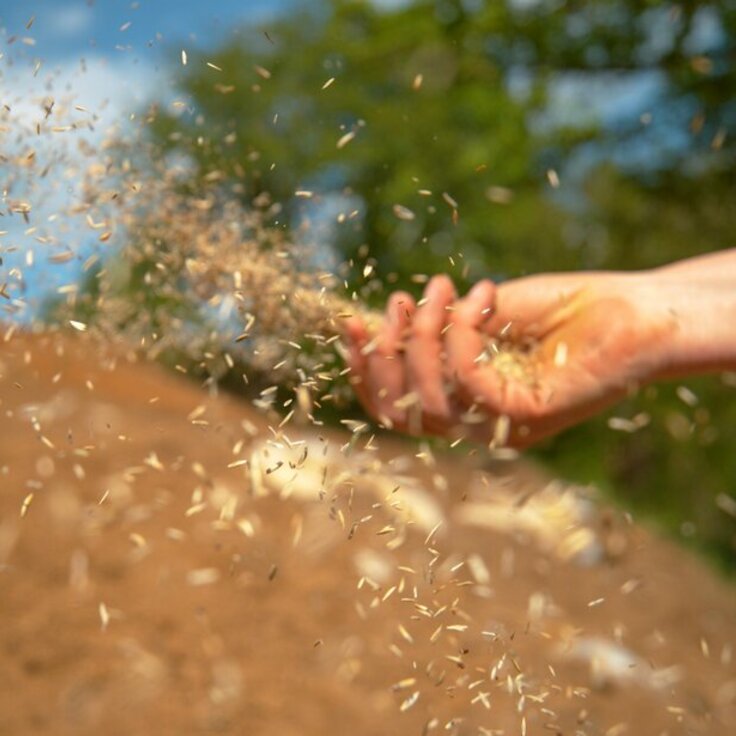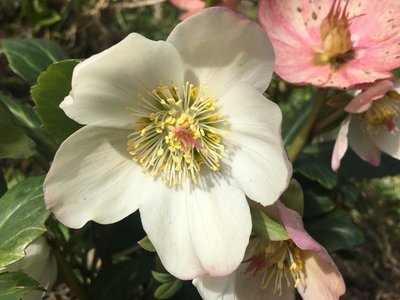Lawn Care: Managing Pests, Diseases and Weeds
A healthy and well cared for lawn is the best protection against the majority of insects, diseases and weeds. Proper mowing, watering and fertilising helps stop serious lawn problems, as they encourage lawn grass to grow vigorously, which prevents problems from occurring in the first instance. Choosing the correct grasses for your region is essential in the struggle against lawn problems. Lawn grasses recommended for your area will grow well in your environment instead of struggling against the existing climactic conditions. Many also have resistance to pests and diseases common to your region.
If your lawn is suffering continually from pests, diseases and weeds, try to establish if there is an underling condition that is causing the trouble. Is the soil too compacted? Are you mowing the lawn too low? Does the problem area have too much shade? Changing your lawn care maintenance technique may clear up the problem. Renovating is possibly the best solution for problem lawns. You can overseed with pest or disease resistant grasses, or simply improve the soil conditions so the lawn grasses have a better opportunity to grow.
Lawn disease and insect problems can be hard for the average person to identify. A damaged area of the lawn may be caused by a variety of different things – from insects feeding or fungal disease to dog damage. If you notice a problem area, look at it carefully for signs of various common pests and diseases. Look for signs of insects flying or crawling over the lawn when you walk across it. Remove a section of damaged lawn and see if it comes up without difficulty; damaged roots can point to the presence of various root eating insects. Monitor the problem to see if it starts to spread out, you may want to think about asking a lawn care expert to come and identify the cause.








